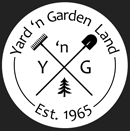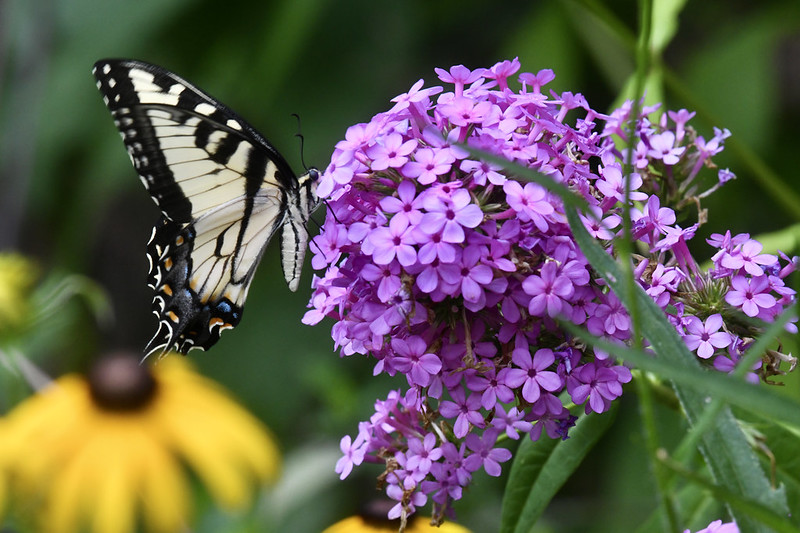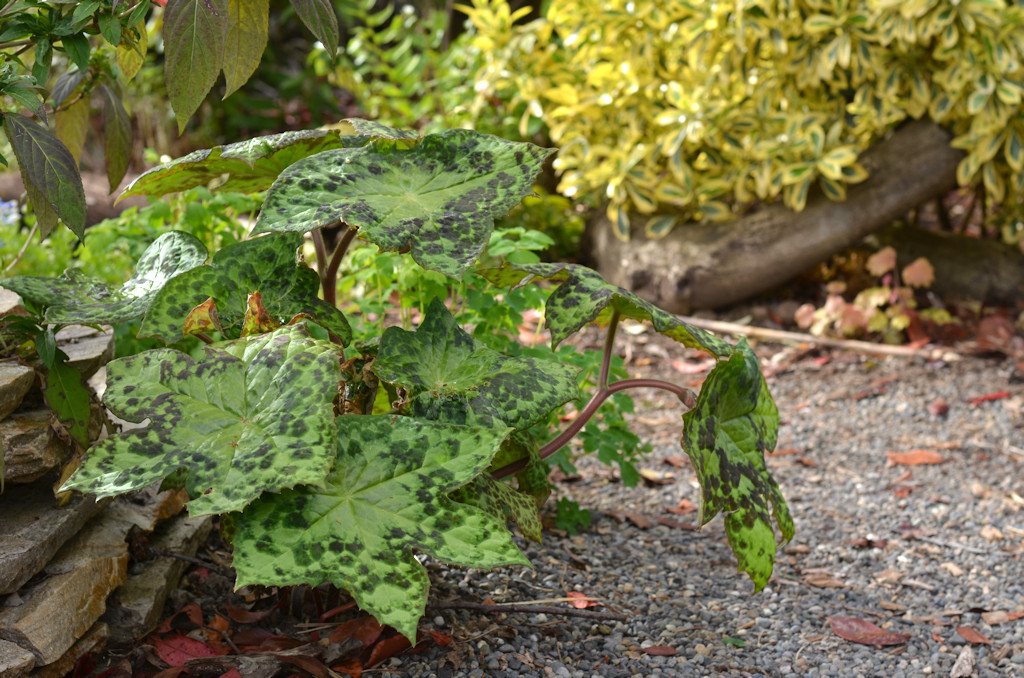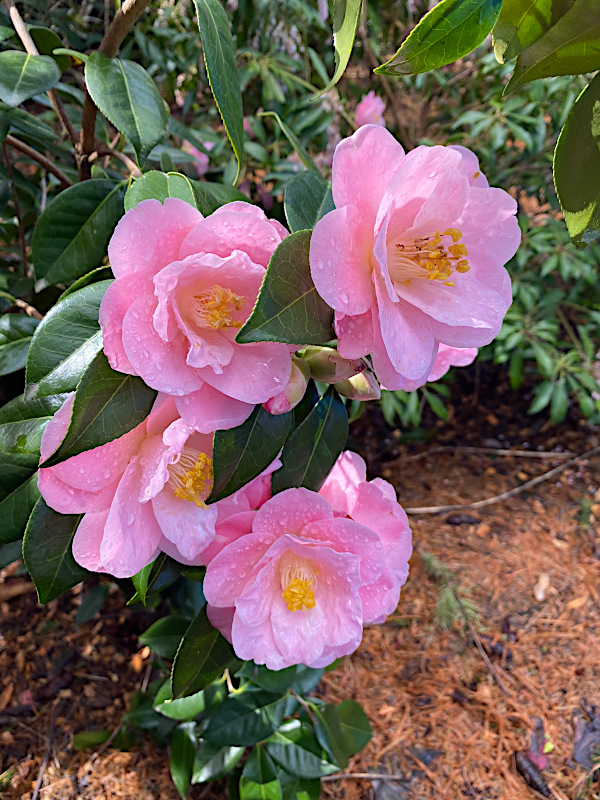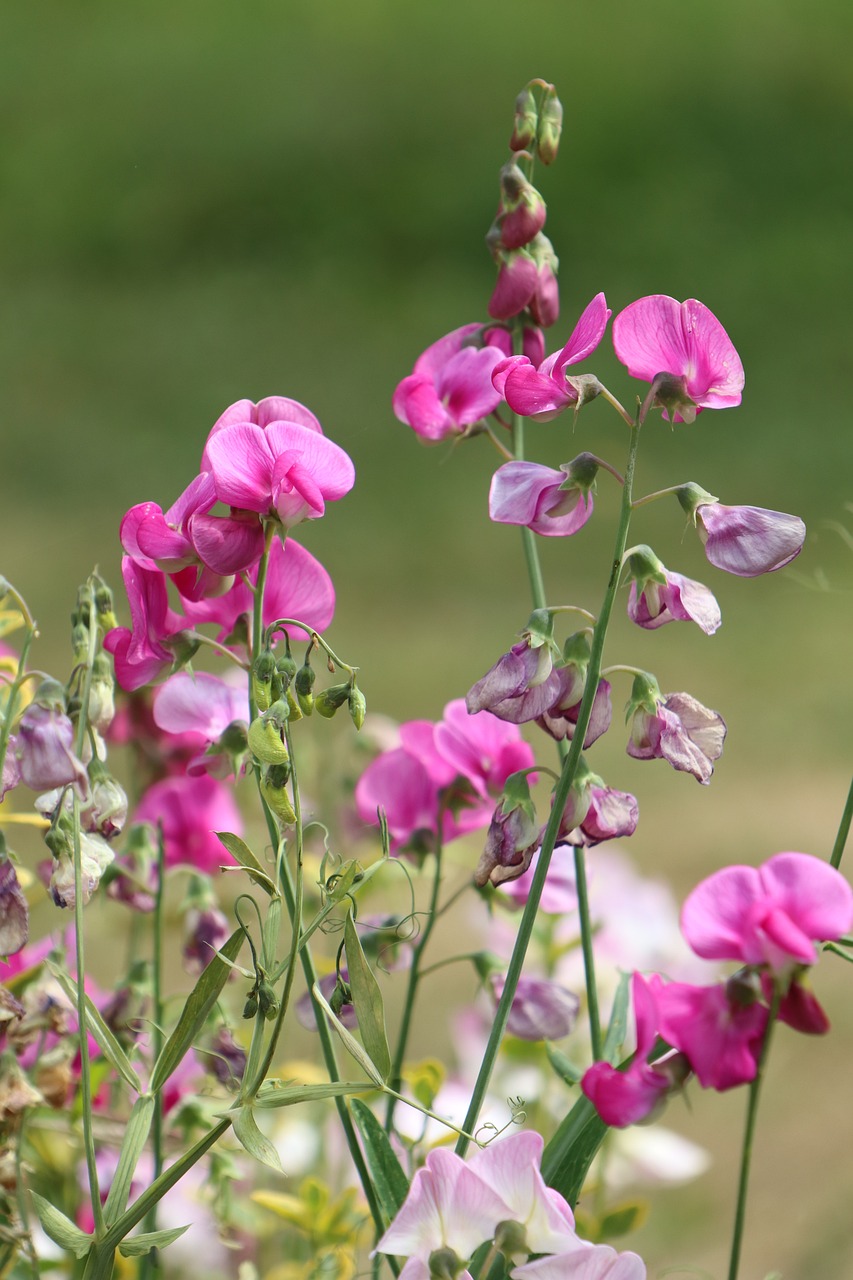Planting Bulbs

Photo credit: pburka/Visual Hunt
Now is the time to begin planting spring bulbs for next year. What are bulbs exactly? Generally, they are onion-like bulbs that multiply by producing bulblets at their base.
True bulbs, like daffodils, tulips, snowdrops and hyacinths are best planted in the fall.
Look for bulbs at Yard N’ Garden Land near the registers in the gift shop. If you are not yet ready to get them in the ground, store them in a mesh bag in a cool, dry place.
To plant, dig a hole about 1′ deep. The width of the hole will depend on how many bulbs are being planted. Bulbs like moderate, well-drained soils. Add a generous amount of compost to mix with your native soil. You can also add bone meal or bulb fertilizer if desired. If drainage is a concern, add some sand or gravel to your planting hole.
Bulbs should be planted with their pointy sides facing upwards. Position them 2 or 3 inches apart. The planting depth depends on the type of bulb but generally, two times the height of the bulb is good. For good measure, spread a layer of compost over the planting area after you have refilled the soil. Over the winter, the nutrients from the compost will trickle down into the ground.
Bulbs can be used in a variety of ways in the garden. They can be massed together in drifts or planted along walkways and driveways. For best results, always plant at least 5-6 or more bulbs together. One lone bulb isolated by itself will not make a good showing.
Although very easy to grow, there is one chief problem – critters! Squirrels, voles, gophers, deer, etc. love to eat bulbs. To deter them, consider planting your bulbs in cages or, if you don’t mind the appearance, just place a sheet of mesh wire over the areas you have planted.
Bulbs to plant (now through October):
- Allium
- Anemone
- Crocus
- Daffodil
- Fritillaria
- Glory of the Snow
- Grape Hyacinth
- Hyacinth
- Scilla
- Snowdrops
- Spanish Bluebell
- Tulip
PLANTING BULBS IN CONTAINERS
To grow bulbs in containers, choose a large pot (any type) with drainage holes. Use a quality potting soil mix (we recommend Edna’s Best). There is no need to add fertilizer. Plant bulbs at the same depth as recommended on the package. Unlike planting in the ground, place bulbs as close together as possible (touching each other is fine). If critters are a concern, place a wire mesh or grid over the top of the pot. Water well at planting time and only sparingly during the winter months (a light watering once per month is fine). Place the pot in a sheltered place away from freezing temperatures. An unheated garage or garden shed is fine. Next spring, when the danger of frost is over, bring the pot out and place it wherever desired. Begin to water regularly after growth beings to appear. You can add more plants, such as annuals, to the pot – just be sure not to dig deep enough to disrupt the bulbs.
